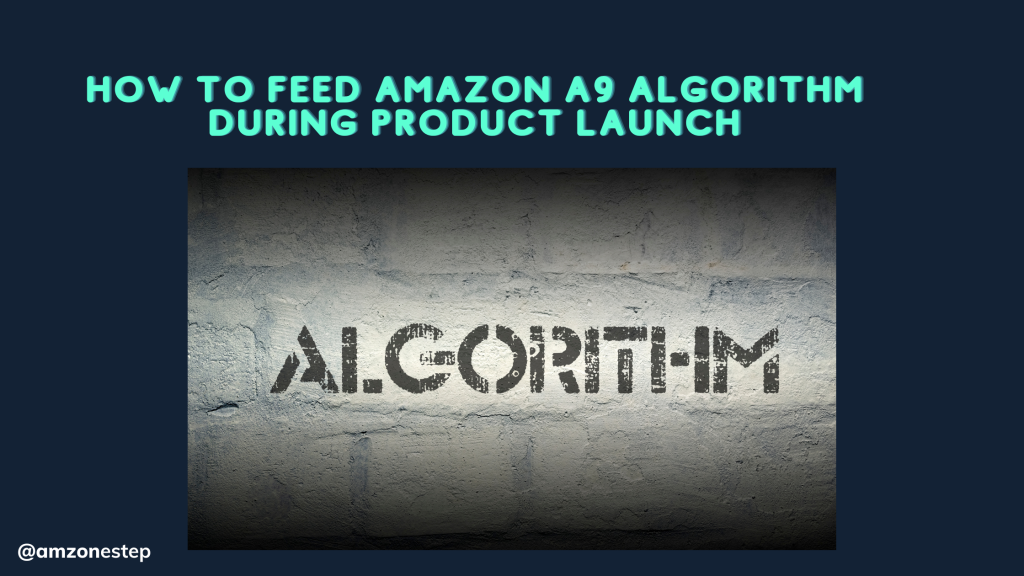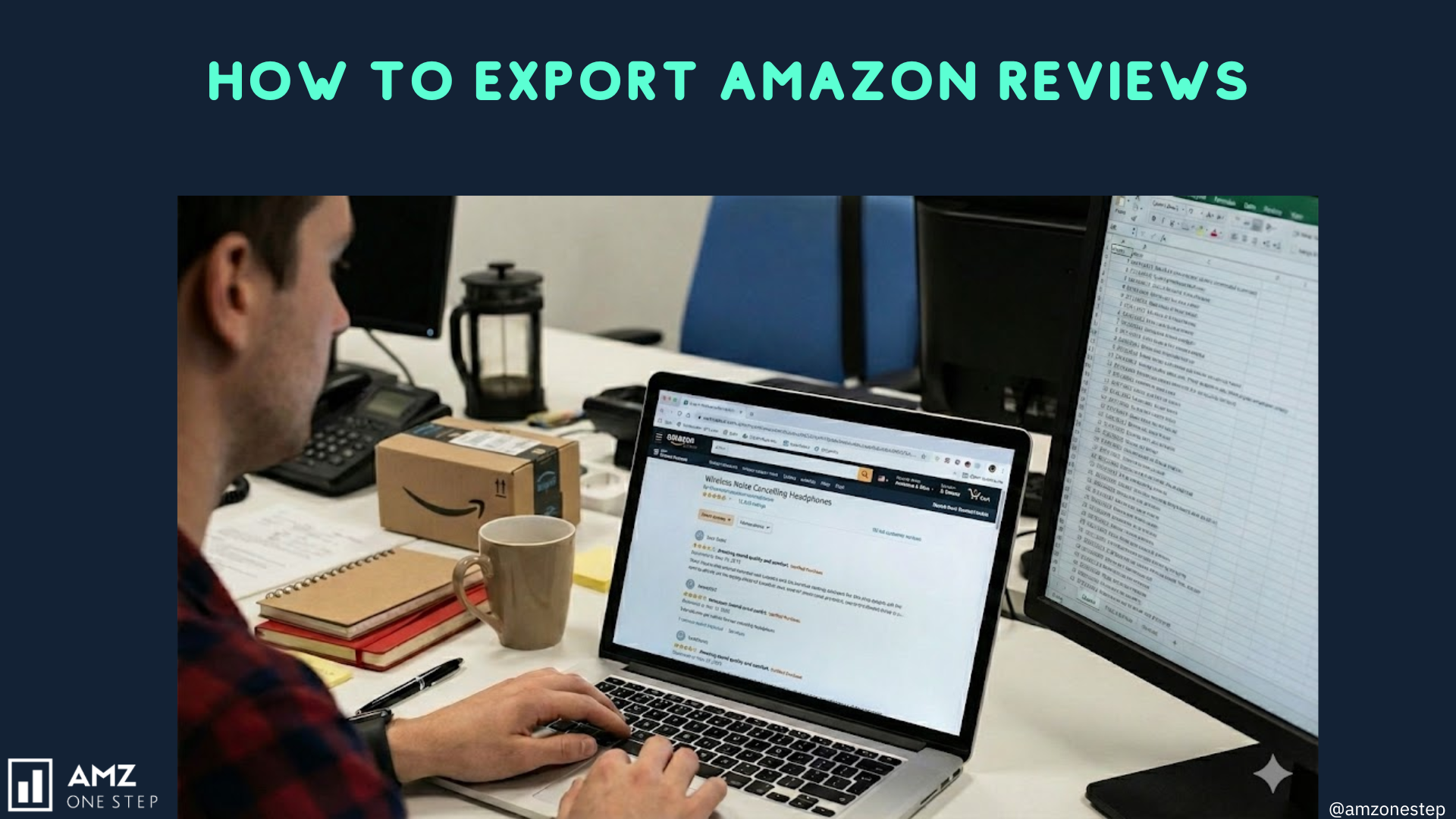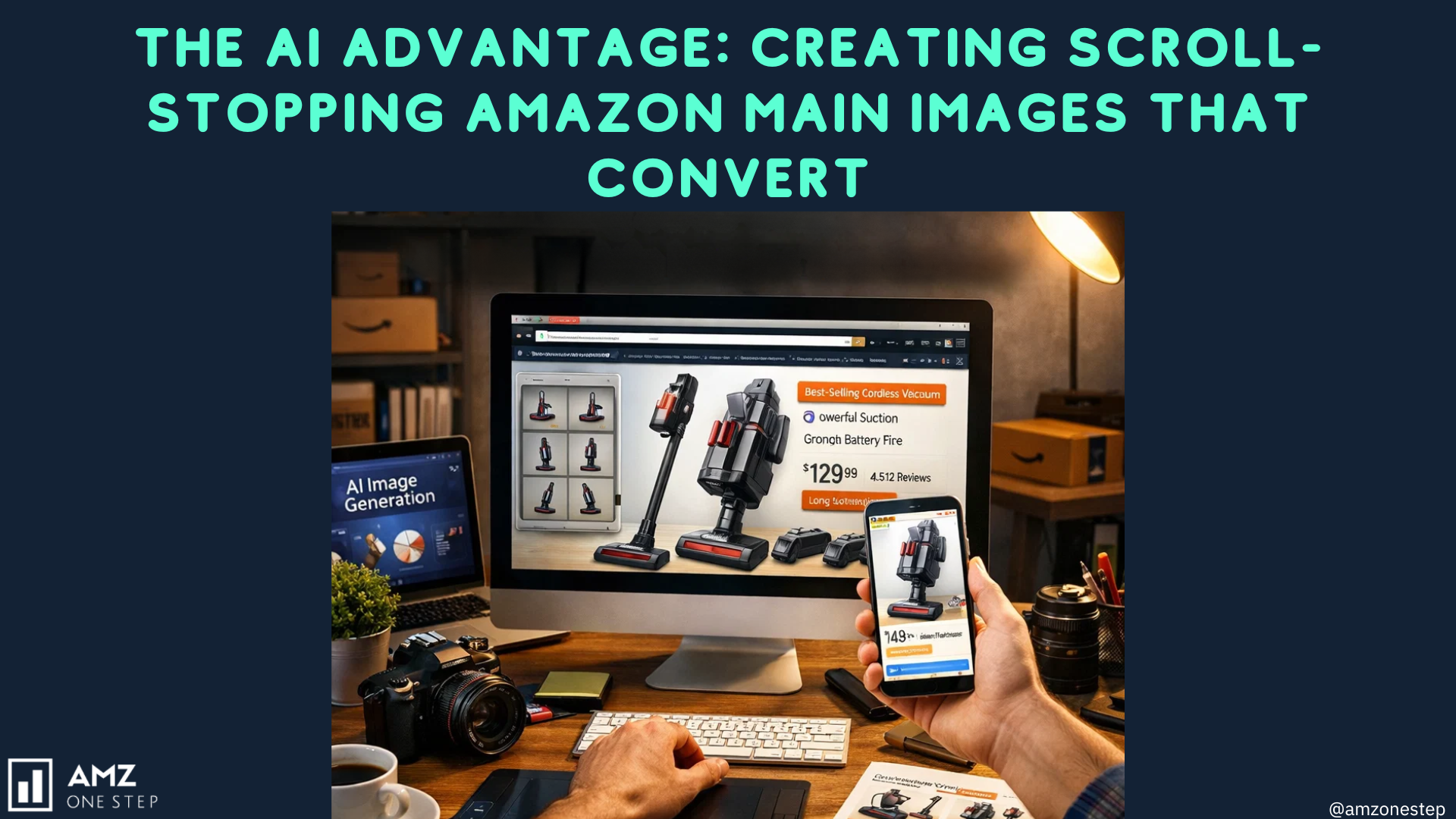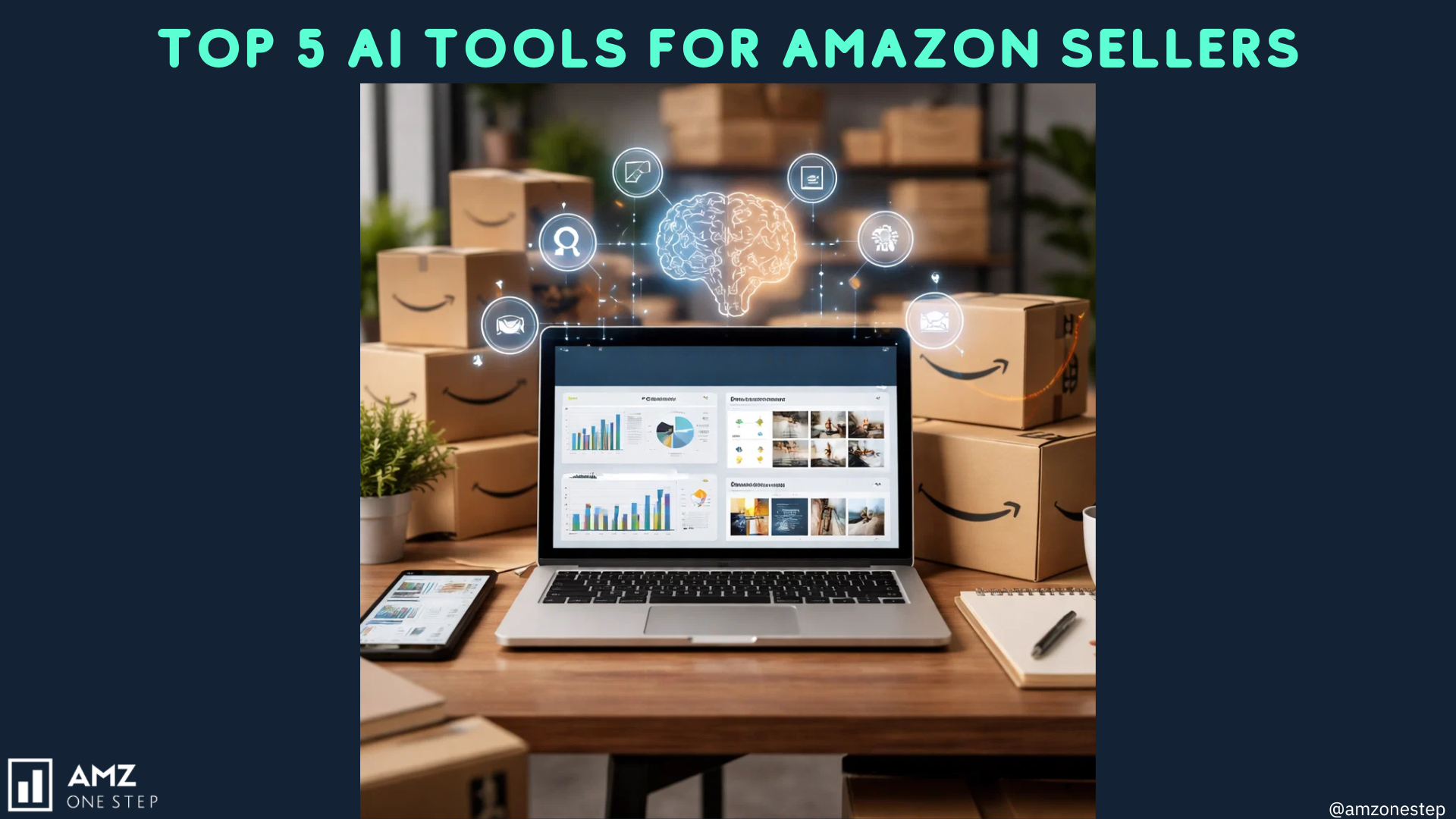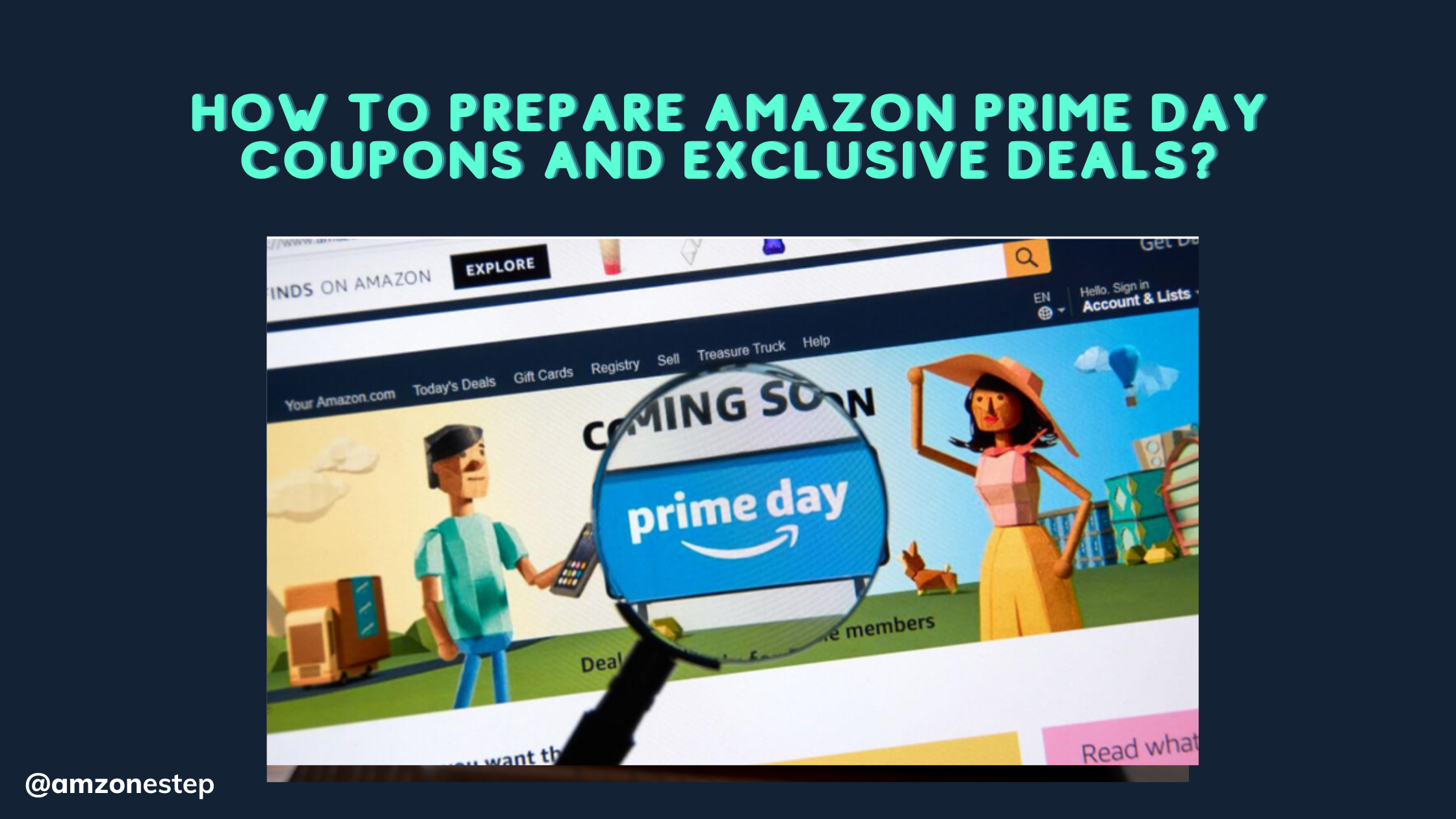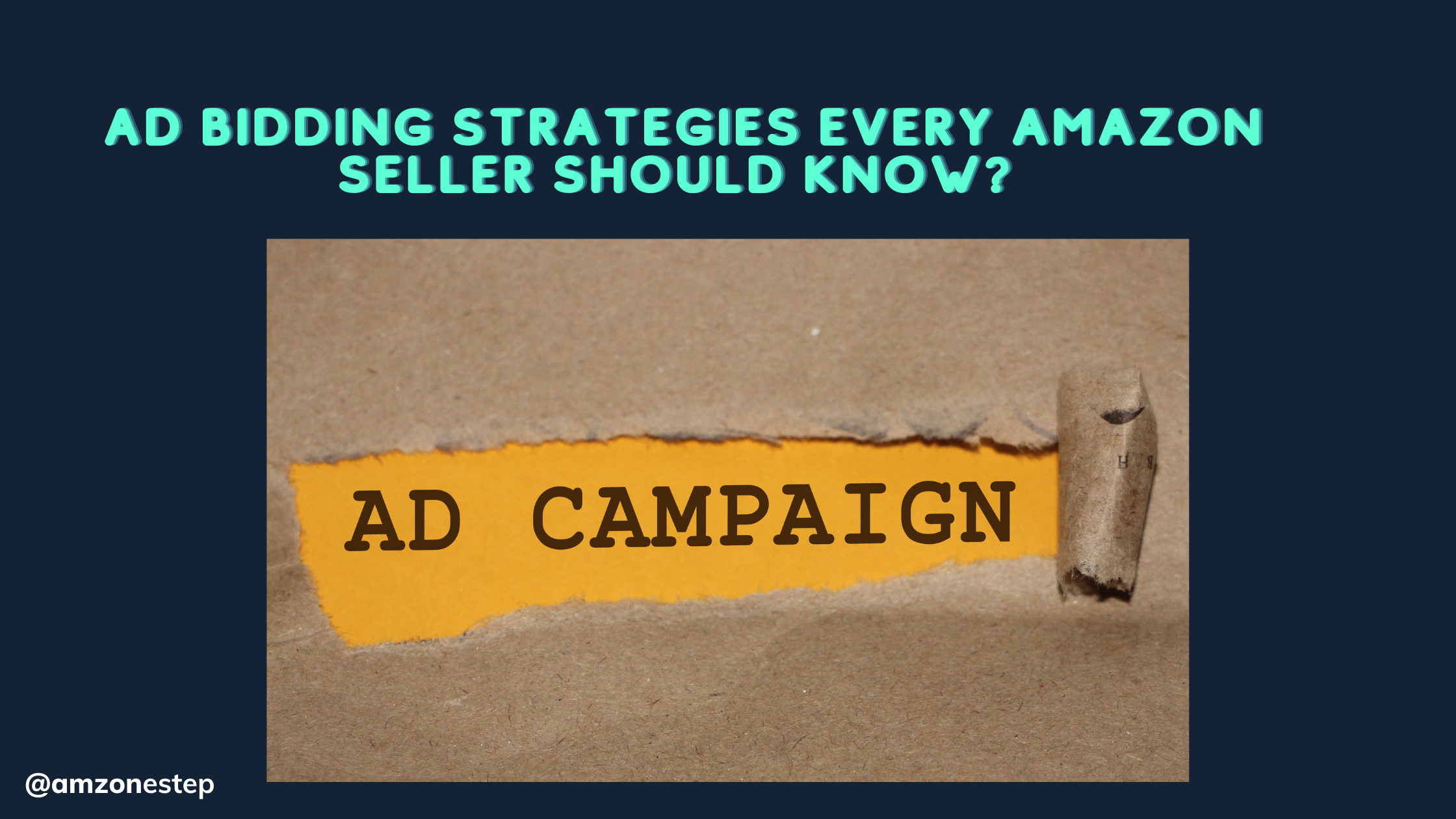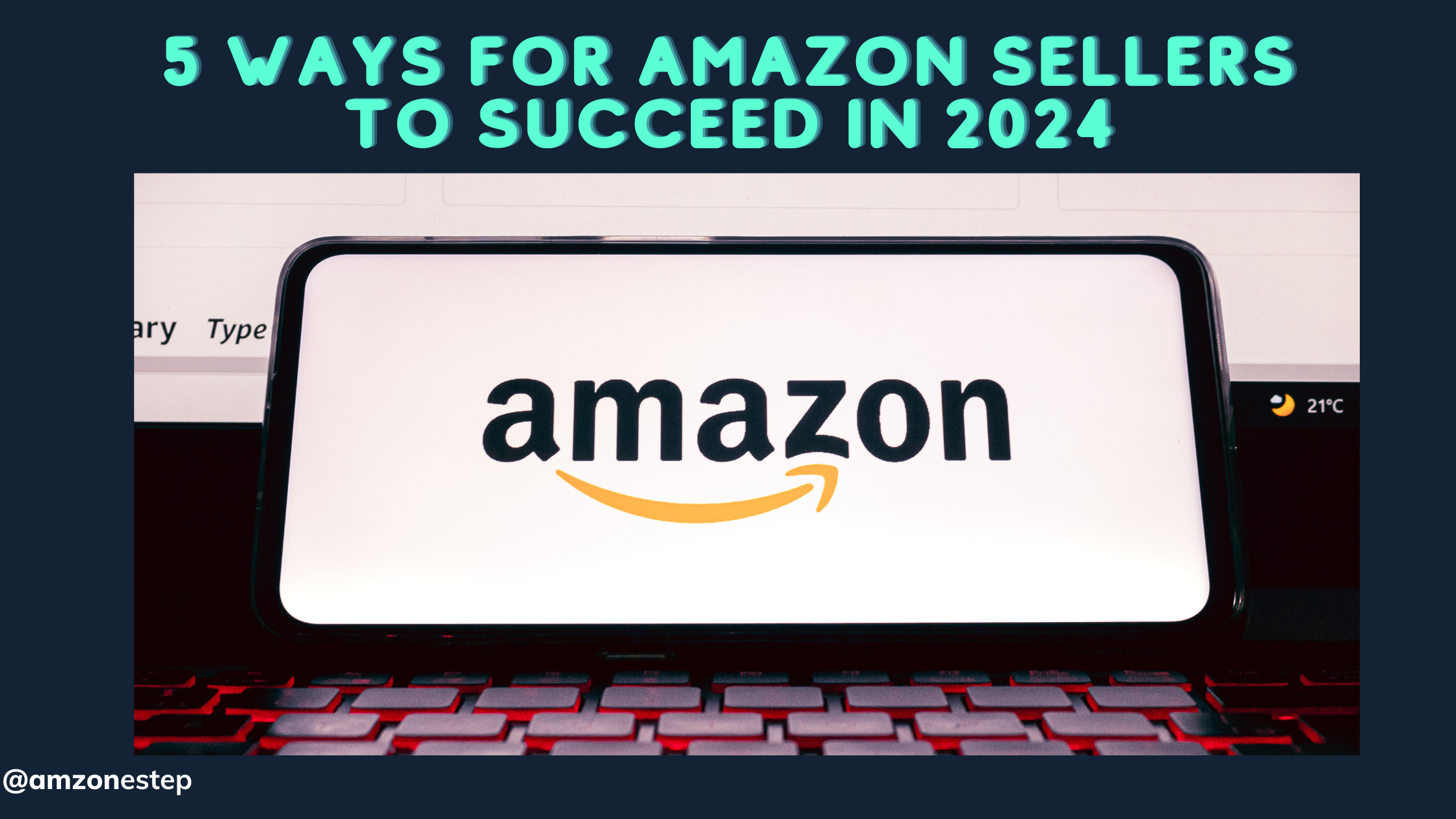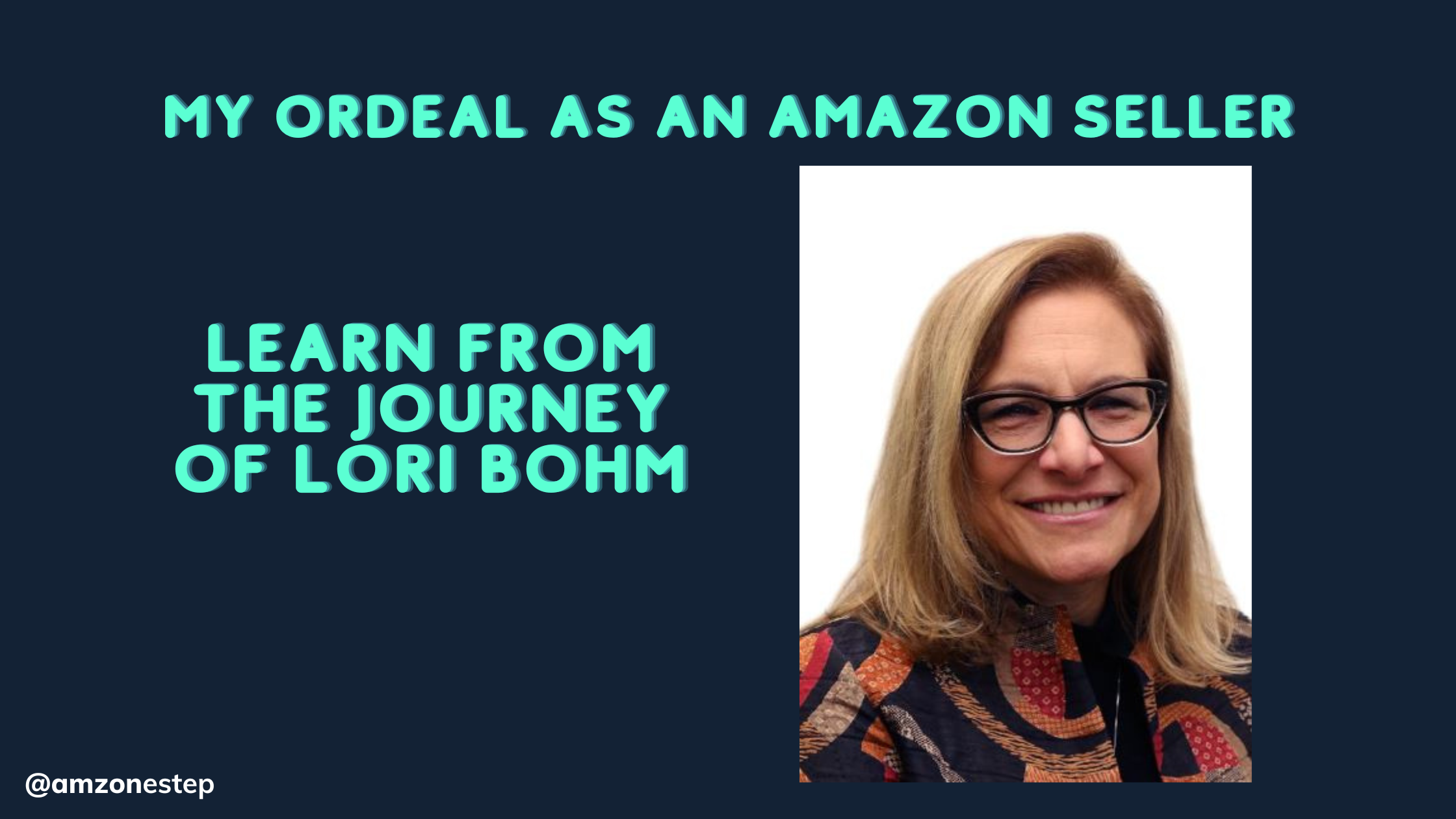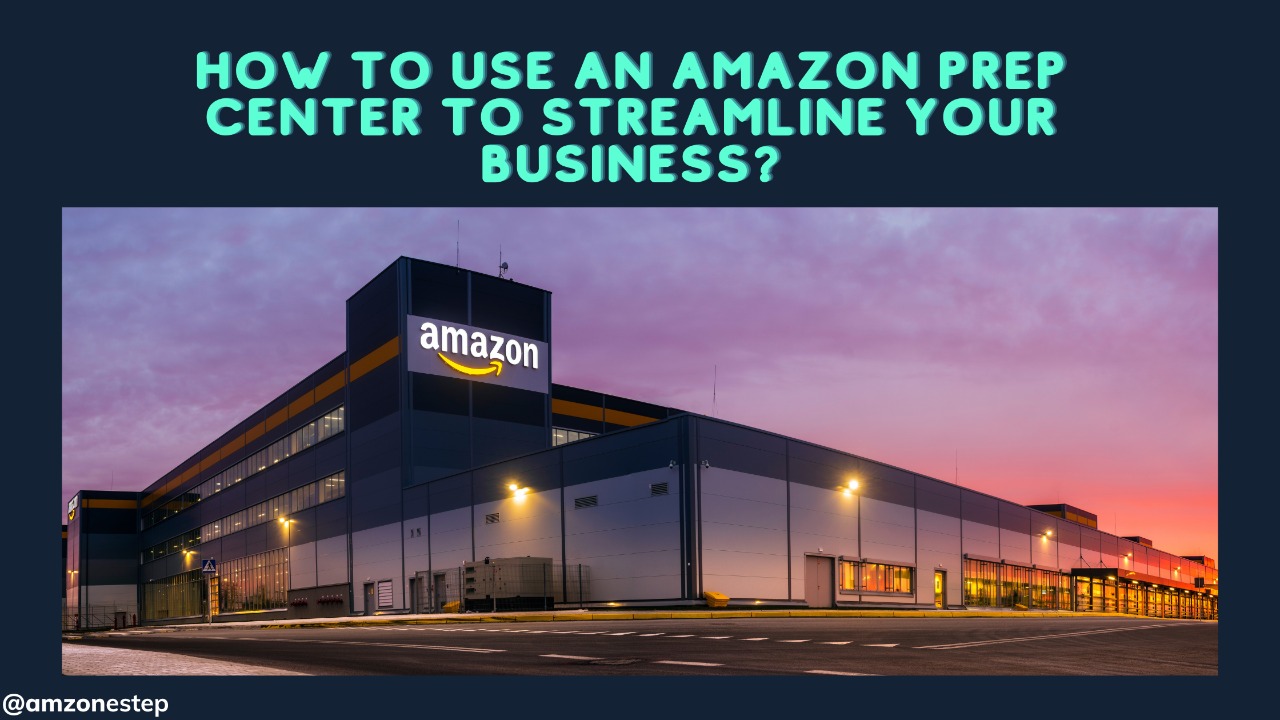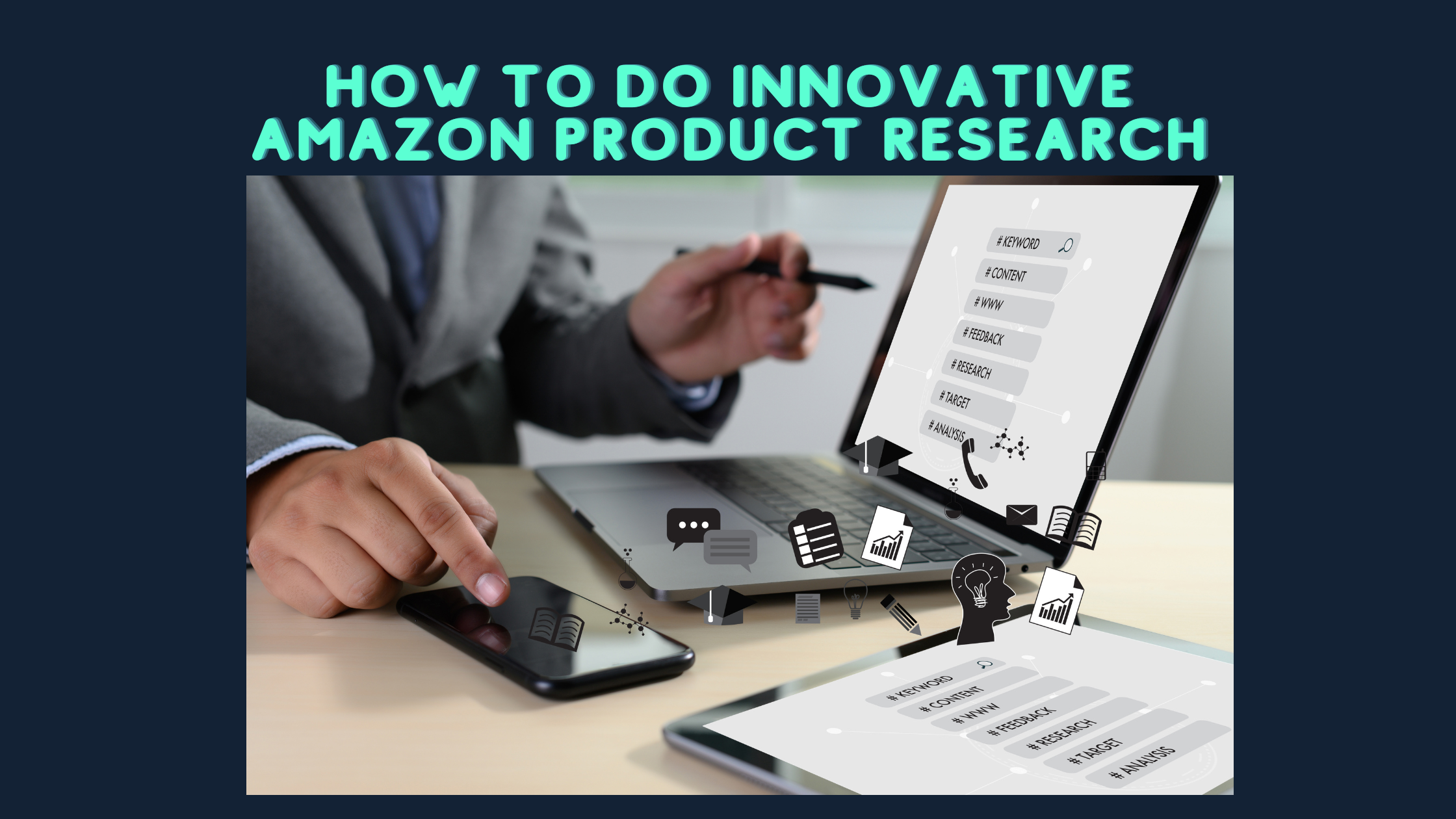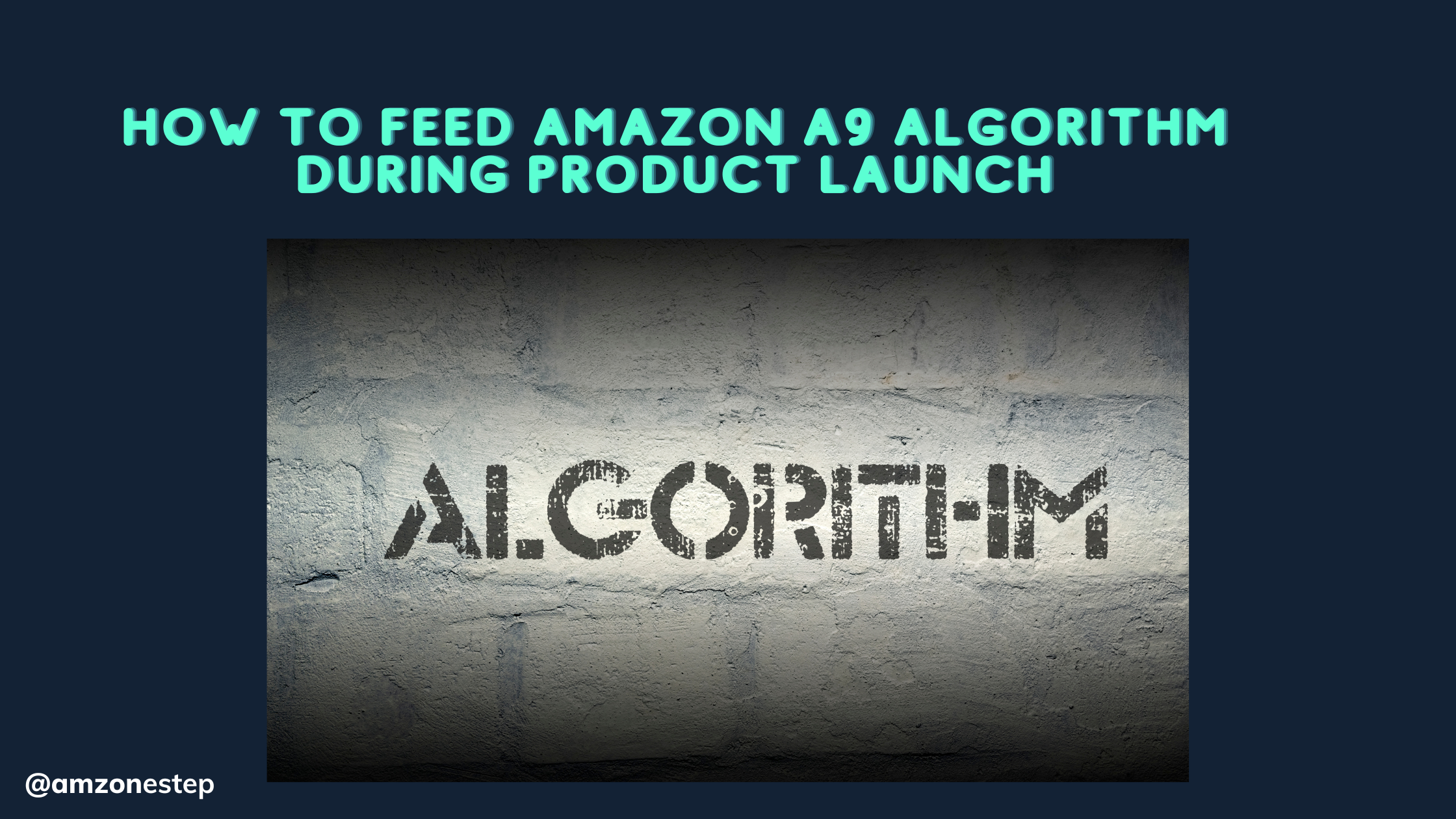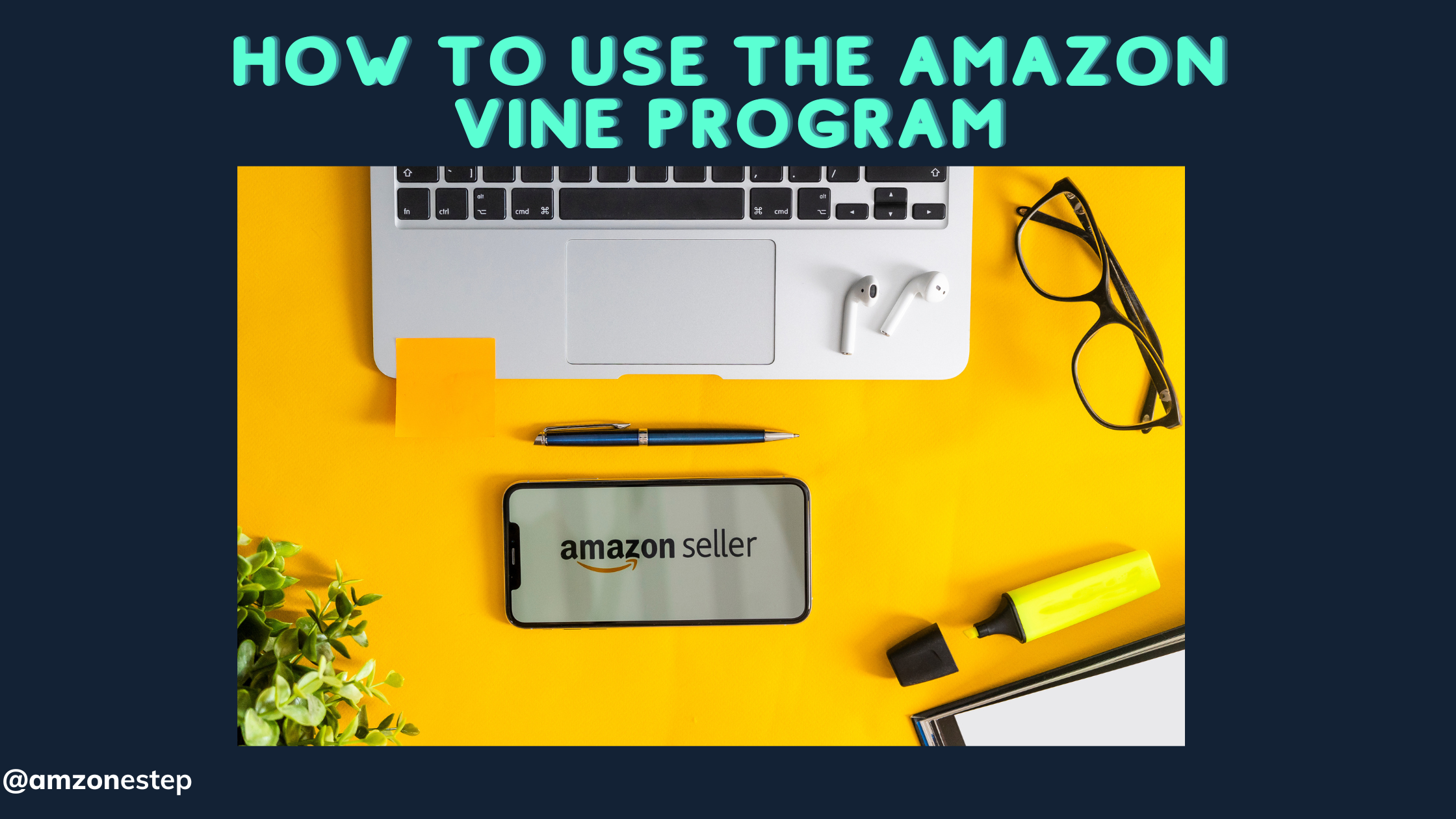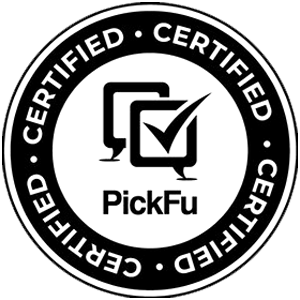As Amazon becomes the leading search engine for product discovery and purchase, you must keep product rankings high and SEO-rich detail pages to convert customers. It can seem hard or even impossible to get your product to rank higher and be seen more often on Amazon FBA because the market is so full and competitive.
To address this problem and to help you understand Amazon’s search algorithm, we made this guide that is only about putting together and using a good Amazon SEO plan.
Amazon Ranking Factors
You should focus on getting customers to buy first when planning your Amazon SEO approach. There isn’t always a link in an Amazon ad that is full of keywords that get a reward.
Lots of keywords in the product title, description, bullet points, and web search terms might be tempting, but keep in mind that you want the listing images to make sense to the customer.
We’ll show you what you can do right now to improve your keyword rankings, on-page content, and the overall visibility of your Amazon product in this part of the article. By making things more visible, the speed and amount of conversion will go up.
Backend Keywords
You can add “hidden” keywords to your Amazon product listings. This information is not shown, but these terms are very helpful for improving your search results. Both newly registered and current ASINs are limited to search term attributes that are less than 250 bytes long by Amazon.
Include any keywords that didn’t fit easily into the title or description here. You can also include other high-ranking long-tail keywords, variations, and even high-ranking acronyms.
You could make a list of your most important keywords, enter them in other areas, and then check the backend to see what else you need to do. Here are some tips on how to make your search words work better:
- Do not go over the length limit. If the length of your backend keywords is more than 250 bytes, Amazon FBA will not index them, and your goods will not show up in search results for those keywords.
- Use different words.
- Include different spellings, but don’t include misspelled words.
- Include short forms and different names.
- All lowercase letters are fine to use.
- Put spaces between the words.
- In the search terms area, don’t put in product identifiers like ASINs, your brand name, or other brand names.
- Do not use short phrases like “new” or “on sale now.”
- You shouldn’t say things like “best” or “amazing.”
- Please don’t add any rude words.
- Not using the same keyword twice.
Add To Cart
The add-to-cart action is a critical engagement metric that the A9 algorithm uses to gauge a product’s relevance and popularity. Here’s how it works and how you can leverage it during a product launch:
- When customers add a product to their cart, it signals to Amazon FBA that the product is of interest and potentially valuable to other users.
- High add-to-cart rates can improve a product’s ranking because it indicates strong customer interest and engagement.
Examples and Strategies
Example 1: If you are launching a new fitness tracker, ensure that your listing images include keywords like “fitness tracker,” “heart rate monitor,” and “activity tracker.” Use high-quality images and detailed descriptions to entice customers to add the product to their cart.
Example 2: For a new kitchen gadget, run a limited-time promotion or discount to encourage customers to add the product to their cart. Highlight unique features and benefits in the product description and use customer reviews to reinforce the product’s value.
Promotions and Discounts
Offering promotions, discounts, or bundle deals can incentivize customers to add products to their cart, thereby increasing engagement metrics and improving rankings.
- Use Amazon’s automated holiday advertising tools to target relevant keywords and drive traffic to your product listings. This can help increase add-to-cart actions and overall engagement.
Clicks
Clicks play a crucial role in feeding Amazon’s A9 algorithm, especially during a product launch. The A9 algorithm evaluates various performance metrics to determine the relevance and ranking of products in search results, and click-through rate (CTR) is a significant factor.
When product listing images receive a high number of clicks, it signals to the algorithm that the product is attracting interest from potential buyers. This increased engagement can lead to higher rankings in search results, as the algorithm interprets clicks as an indicator of relevance and potential sales.
For example, if you are launching a new kitchen gadget, optimizing your product title, images, and description to be highly appealing and relevant to search queries can increase the likelihood of users clicking on your listing.
Suppose your product title includes specific keywords like “multi-functional kitchen gadget” and your images clearly show the product’s unique features. In that case, users searching for kitchen tools are more likely to click on your listing.
Additionally, running targeted advertising campaigns, such as Sponsored Products, can further boost visibility and clicks. By driving more traffic to your product page through these strategies, you enhance the product’s CTR, which in turn positively influences the A9 algorithm to rank your product higher in search results.
Product Title and Brand Name
This is where you should put the most important keywords for your product. Amazon says that names should be about 60 characters long and use the same font and style as what is on the product’s packaging.
Plus, your brand name shows up after the product title on Amazon FBA and leads to a list of your brand’s other goods or your Amazon Store, if you have one. Customers may never find your ad if they filter by brand and the brand name is missing from it.
As long as it’s not too long or too short, the product title should make it clear what is being sold. As well as the quantity included, if possible, you should list the color and size of each item in the title.
That’s why you should make sure your title is short and important to the people you want to see in search results. Since Amazon FBA knows that each type of product needs a different title structure, they’ve made detailed Category Style Guides for you to use. This is an example:
- Style of Clothing Title:
- Product Name + [Brand] + [Department] + What Colour and Size? for items that come in different styles
- Clothing:
- Medium-sized pink Adidas Supernova t-shirt for women
Product Bullet Points
These are where you can put up to five bullet points with your most important keywords that show the product’s main features and benefits. It’s best to save the room for the most important information, like why your product might be better than a competitor’s.
The bullet points appear in an “About the product” section and give a quick overview of the product. As you write this, think about the problems your customers are having and how your product can help them.
Product Description
Instead of just providing information, build a captivating description that converts because Amazon’s A9 algorithm prioritizes selling things.
The product description is where you may provide more specific product information and engaging marketing language to answer client questions and provide value-added perks or features.
Make sure to cover the details that people would use to compare similar goods. As you write your copy, try to make it sound natural and believable from a sales point of view. At the same time, use your Amazon keywords naturally.
A detailed description of a product helps the buyer picture what it would be like to actually own or handle the item. If you were them, what would you want to touch, feel, ask, or see?
In the description, you can tell the story and goal of your brand, build trust and credibility, mention your target customers, and describe a typical situation where your product would be used. To keep the customer’s attention, remember that the details should not go over 2,000 characters.
Buyers will be able to find all the information they need to decide whether to buy something if the product listing page is filled with details and well-organized.
Not only should your descriptions be short and helpful, but they should also include keywords that match the search terms your target audience will use. This will help your product rank well.
Consumers will be more likely to buy your goods after seeing them on your product detail pages if your product listings are user-friendly and easy to understand.
Conversion
The conversion rate is a pivotal factor in feeding Amazon’s A9 algorithm, particularly during a product launch. The A9 algorithm prioritizes products that demonstrate a high conversion rate, which is the ratio of purchases to product page views.
A high conversion rate indicates to the algorithm that the product is highly relevant to the search queries and meets customer expectations, thereby increasing its ranking in search results.
For instance, if you are launching a new fitness tracker, ensuring that your product page is optimized with good descriptions, and clear bullet points can significantly enhance the chances of conversions.
Additionally, incorporating customer reviews and ratings can build trust and further boost conversion rates. Suppose your fitness tracker listing includes detailed information about features like heart rate monitoring, step counting, and battery life, along with positive customer testimonials.
In that case, potential buyers are more likely to make a purchase, thereby improving the conversion rate. This increased conversion rate signals to the A9 algorithm that your product is relevant and desirable, leading to higher visibility and better rankings in search results.
By focusing on optimizing the product listing to enhance conversions, sellers can effectively leverage the A9 algorithm to improve their product’s performance during the critical launch phase.
Traffic Source
Traffic sources significantly impact the Amazon A9 algorithm, especially during a product launch. The A9 algorithm evaluates the origin of traffic to a product listing images to determine its relevance and popularity. Diverse and high-quality traffic sources can enhance a product’s visibility and ranking.
For instance, if a new kitchen gadget receives traffic from various sources such as Amazon’s internal search, external websites, social media and it signals to the A9 algorithm that the product is generating broad interest and engagement. This diverse traffic can lead to higher rankings in search results.
For example, suppose you launch a new kitchen gadget and drive traffic through a well-coordinated marketing strategy. You might use Amazon Sponsored Products ads to capture internal traffic, collaborate with influencers to generate social media buzz, and send out email newsletters to your subscriber base.
Additionally, you could leverage external websites and blogs to review and link to your product. This multi-channel approach not only increases the volume of traffic but also its quality, as it comes from various trusted sources.
The A9 algorithm recognizes this diverse traffic as a positive indicator of the product’s relevance and potential for high sales, thereby improving its ranking in search results. By strategically managing traffic sources, sellers can effectively feed the A9 algorithm and boost their product’s performance during the critical launch phase.
Related to Performance
You can’t always control ranking factors that have to do with performance because they are affected by things other than keywords. However, you should understand these things if you want to have a full Amazon SEO optimization plan.
Sales Performance History
With Amazon FBA, your rank will go up as more sales are made. The A9 algorithm will look at sales data and raise the rankings of goods that sell well because Amazon benefits a lot from fast sales.
You will make more sales and get more good customer reviews as your conversion rate and sales speed go up. This is called the “flywheel effect.”
Try out Amazon pay-per-click (PPC) campaigns, run a giveaway, or offer a discount. Just make sure your prices are competitive if you are selling new goods and need to get more people to buy them.
Price
The prices you set for your Amazon items can have a big effect on how many people buy them and how well they sell. Your sale rate will go up if you price your items smartly and competitively.
Before you list your goods on Amazon FBA, you should look at what other sellers are charging for similar ones. This can be done on Amazon or somewhere else.
Product Availability
Seeing how often a product has been in stock can help you decide where it should rank in a search. It will hurt your sales if you have to raise prices on some ASINs to get rid of the stock you still have.
Raising your prices will make fewer people buy from you and lower the number of people who convert, which can hurt your score. Also, you can only raise the price of a product for a certain amount of time before it sells out or you stop selling it altogether.
For your keyword results to go back to where they were before the price hike and stockout, they need to build themselves back up. As long as sales can be made quickly, products can return to their original positions after being restocked.
Many hidden costs can come up when you have too much merchandise. Not having enough stock can directly cause fewer sales and a lower conversion rate.
The costs of not buying new goods include loan interest, long-term storage fees, and products that become obsolete. Your sales and costs are both affected by how much inventory you have.
In case you haven’t already, you should make it a regular part of your work schedule to promptly restock your shelves.
The 0% Buy Box and no exchange mean that you’re out of stock. Figure out how much inventory you need to buy before running out of your best-selling items, look at your top 20% of sellers every week. This is an easy task that can be done every week.
Product Images
Image quality is not a straight performance-related Amazon ranking factor, but it is very important for both click-through and conversion rates. For most keywords, the higher these metrics are, the higher your product will rank in search results for that term.
Customers will see pictures of your products when they click through to the information page. Seven to nine images should be linked to the product and meet Amazon’s Image Requirements.
If you can, let the zoom feature work on the pictures and show the product from different views and in use to help the customer imagine what it would be like to buy and use the product.
Customer Reviews
Reviews are another thing that can affect your product’s rank on Amazon FBA but not directly. Customer reviews play a big part in Amazon SEO because they can have a big effect on your sales rate.
Products that have four stars or more are more likely to show up higher in Amazon’s search results than products that have less than four stars. Over three-quarters of people (79%) go to Amazon before purchasing read reviews.
This means you should always be checking your reviews to make sure customers don’t decide not to buy because of a bad review. By responding quickly to bad reviews, you show potential customers that you value their time and experience with your products. You also keep the general customer experience positive.
Conclusion
Amazon now has 56.7% of the retail market, which includes both online and offline stores. Over two-thirds of all product clicks in the huge market happen on the first page of search results. This shows how important it is to be “always on” when it comes to SEO.
Elevate your Amazon product launch by aligning with the A9 algorithm’s requirements. Discover strategies for improving relevance, increasing engagement, and boosting conversions.
Launch Like a Pro with AMZ One Step

Hi there! I’m the content marketing and branding specialist for AMZ One Step. I work hard to create engaging and informative content that helps our readers learn more about Amazon selling and how to make the most of their businesses. I love spending time with my family and exploring literary works when I’m not writing or working on projects.

